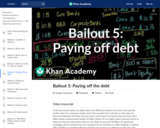
How the bank can liquidate assets to pay off debt that comes due. Created by Sal Khan.
- Subject:
- Economics
- Social and Behavioral Sciences
- Material Type:
- Lesson
- Provider:
- Khan Academy
- Provider Set:
- Khan Academy
- Author:
- Sal Khan
- Date Added:
- 08/10/2021

How the bank can liquidate assets to pay off debt that comes due. Created by Sal Khan.
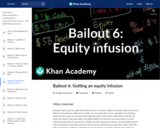
The bank gets bailed out by an equity infusion from a sovereign wealth fund. Created by Sal Khan.
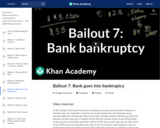
What happens when there is no equity infusion and the bank goes in to bankruptcy. Created by Sal Khan.
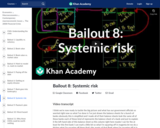
How the banks are connected. What happens when one bank fails. Created by Sal Khan.
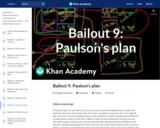
What Paulson wants to do and why I don't like it. Created by Sal Khan.

This open access textbook was developed as an upper division undergraduate textbook for theories of personality. Its intended audience are students from Portland State University enrolled in Psychology 432 Personality course. The chapters are shorter than some personality textbooks and in this particular course Psy 432 the textbook is combined with other readings including scientific articles on personality.
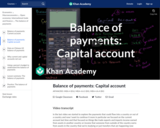
In this video, we explore how changes in foreign ownership of assets affects balance of payments. Created by Sal Khan.
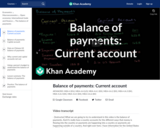
Learn about the balance of payments (BOP) in this video that explores the current account for the United States in 2011. Topics include what is included in the current account balance and what a current account deficit is. Created by Sal Khan.
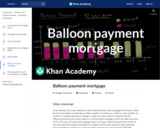
Explore the mechanics of balloon payment mortgages in this video, including how they work and in what situation a balloon payment loan might be advantageous and when it might work against you.

This video breaks down a bank's balance sheet even further by walking through assets, liabilities, equity, required reserves, and excess reserves.
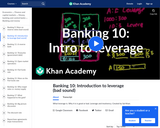
This lesson explains leverage and insolvency and why it is good or bad. [Banking, Money, Finance playlist: Lesson 10 of 24]

This lesson provides an analysis of the federal reserve balance sheet as of February 2007. [Banking, Money, Finance playlist: Lesson 21 of 24]
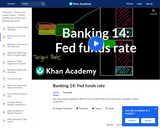
This lesson discusses how open market operations effect the rate at which banks lend to each other overnight. [Banking, Money, Finance playlist: Lesson 14 of 24]
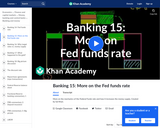
This lesson presents more information on the mechanics of the Federal Funds rate and how it increases the money supply. [Banking, Money, Finance playlist: Lesson 15 of 24]
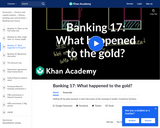
This lesson talks about the gold standard and is a short discussion on the meaning of wealth. [Banking, Money, Finance playlist: Lesson 17 of 24]
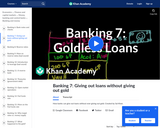
This lesson tells how banks can give out loans without ever giving out gold. [Banking, Money, Finance playlist: Lesson 7 of 24]

This lesson talks about how money is created in a fractional reserve banking system. [Banking, Money, Finance playlist: Lesson 4 of 24]
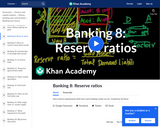
This lesson explains reserve requirements and how they limit how much lending a bank can do. [Banking, Money, Finance playlist: Lesson 8 of 24]
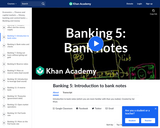
This lesson introduces bank notes and how you are more familiar with them than you realize. [Banking, Money, Finance playlist: Lesson 5 of 24]
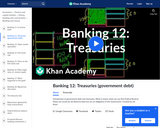
This lesson discusses government debt and treasuries. It explains what it means that Federal Reserve Notes are issued by the Reserve Bank but are not an obligation on the government. [Banking, Money, Finance playlist: Lesson 12 of 24]